How Do Ultrabooks Differ from Their Notebook Computer Brethren?
Liz Canales, a technology curriculum specialist for the Austin Independent School District in Texas, uses two portable computing devices for work. But neither of them is fulfilling all of her needs.
"My tablet is great," Canales says, "but there are so many things you can't do with it" — taking notes, for example. Her notebook computer, which she characterizes as "chunky," presents its own problems. "It pretty much lives at the office, attached to the docking station," she adds. "When I have it in my backpack, I realize this is why I have back problems."
To bridge the gap, Canales is encouraging her 124-school district to invest in ultrabooks, a new breed of computer that offers the same performance as a traditional notebook — but with a sleeker, thinner and lighter form factor.
Lightness Counts
Intel has trademarked the "Ultrabook" name, so notebooks must meet certain requirements to earn it. Only computers with a thickness of 0.8 inch or less, a nearly instant wake-up time and a single-charge battery life of at least five hours qualify for the designation.
The ultrabook's primary distinguishing trait — namely, its streamlined design — may seem like a simple matter of cosmetics. But a couple of pounds can make all the difference for consumers — and especially for teachers who have to move from classroom to classroom during the school day, says Wayne Grant, director of research and planning for Intel's Education Market Platforms Group (EMPG).
When a device is unobtrusive, as ultrabooks are, it becomes more appealing to the user, he continues. "There's less of a barrier to taking it home." And as a teacher's interest in using the device grows, so, too, does the likelihood that he or she will incorporate it more fully into lesson plans and classroom activities.
Grant also calls ultrabooks' faster wake-up time "a huge differentiator" for the teachers and administrators to whom Intel's EMPG is currently marketing the device. When class periods are just 40 to 50 minutes long and it takes five minutes to boot a system, educators lose a significant amount of teaching time. "Being able to get there instantly keeps the pace of instruction flowing more quickly," he explains. "And it also keeps kids engaged."
Bob O'Donnell, IDC's program vice president for clients and displays, believes ultrabooks are more than a passing fad. "Three years from now, most notebooks will look like ultrabooks," he predicts.
Yet O'Donnell says ultrabooks' higher price tag — they generally cost several hundred dollars more than traditional notebooks — will likely keep them out of the hands of students, at least in the short term. "You're not going to get a $1,000 machine for every student," he says.
Thin Is In
Here's a sampling of ultrabooks already on the market:
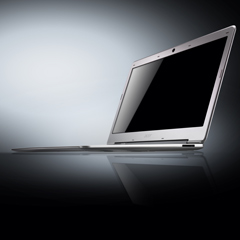
Acer Aspire S3-951-6646
Thickness: 0.7 inch
Weight: 3 pounds
Battery Life: 6 hours
Operating System: Windows 7
Display: 13.3 inches
Processor: 1.6 gigahertz
Storage: 320 gigabytes
Connectivity: HDMI, USB 2.0
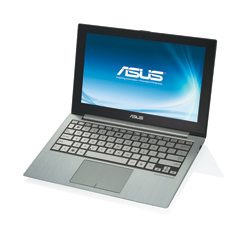
Asus ZENBOOK UX21E
Thickness: 0.7 inch
Weight: 2.4 pounds
Battery Life: 5 hours
Operating System: Windows 7
Display: 11.6 inches
Processor: 1.6GHz
Storage: 128GB
Connectivity: Micro-HDMI, Mini-VGA, USB 2.0, USB 3.0
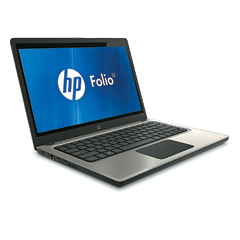
HP Folio13
Thickness: 0.7 inch
Weight: 3.3 pounds
Battery Life: 9.5 hours
Operating System: Windows 7
Display: 13.3 inches
Processor: 1.6GHz
Storage: 128GB
Connectivity: HDMI, LAN, USB 2.0, USB 3.0
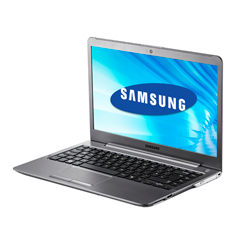
Samsung Series 5 Ultra 530U4BI
Thickness: 0.8 inch
Weight: 4 pounds
Battery Life: 7 hours
Operating System: Windows 7
Display: 14 inches
Processor: 1.6GHz
Storage: 500GB
Connectivity: HDMI, LAN USB 2.0, USB 3.0, VGA
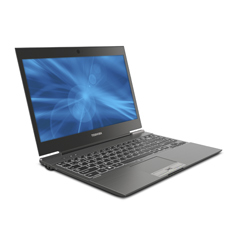
Toshiba Portégé Z835-P360
Thickness: 0.6 inch
Weight: 2.4 pounds
Battery Life: 8.3 hours
Operating System: Windows 7
Display: 13.3 inches
Processor: 1.4GHz
Storage: 128GB
Connectivity: HDMI, LAN, USB 2.0, USB 3.0, VGA








